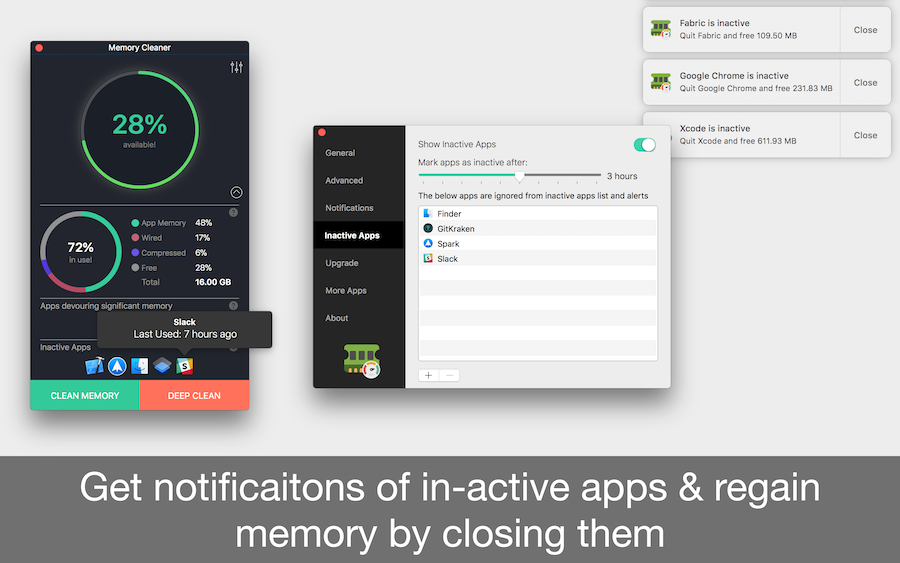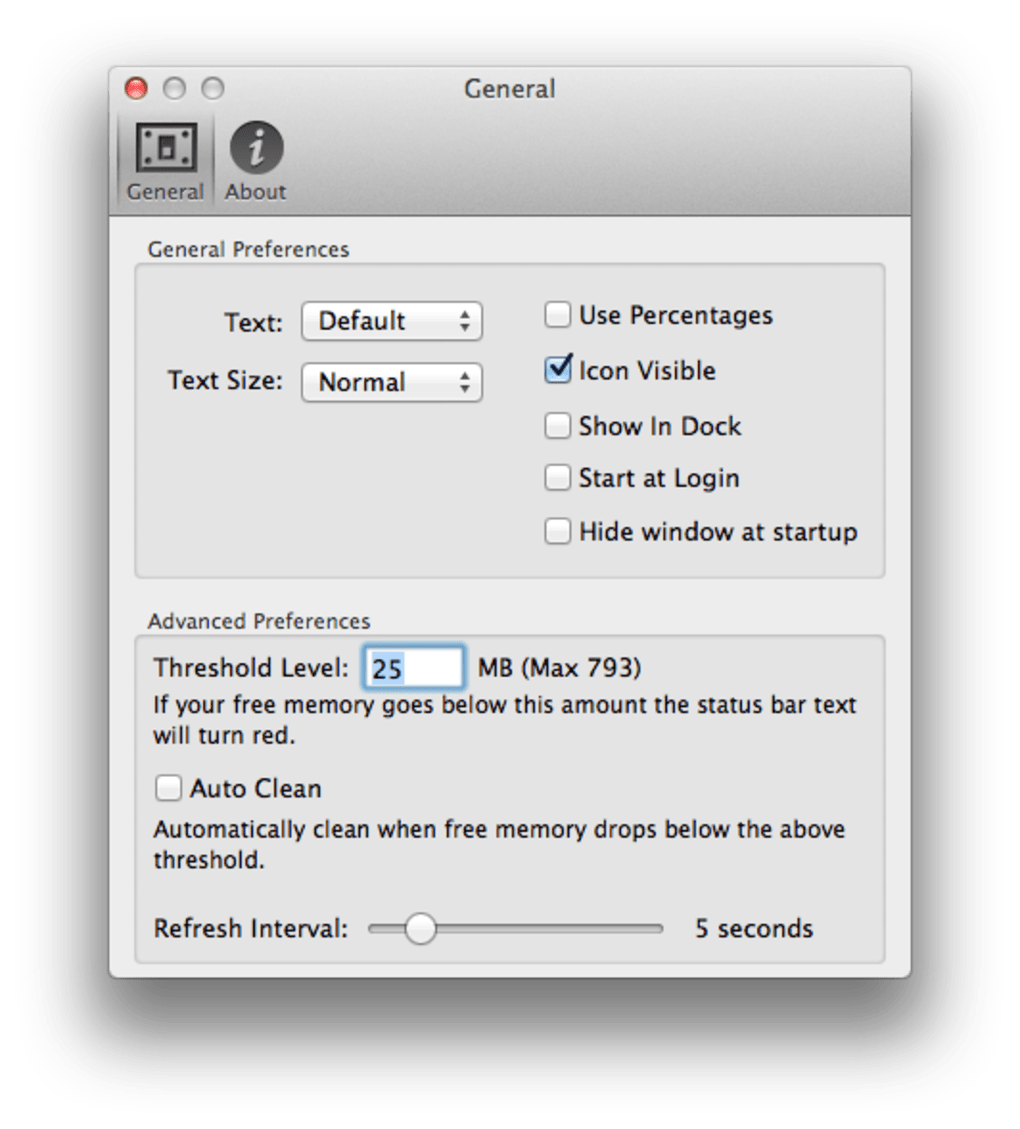

It has been seen that a lot of application occupy a lot of space that keeps on incrementing day by day even if you are not using that particular app. The security lab suggests that all at-risk users should enable Lockdown Mode to ensure that they don’t become the next targets of Pegasus-fueled illicit surveillance - or any such spyware that is virtually impossible to detect in the wild.Remove unnecessary Applications and App data “Given that we have seen no indications that NSO has stopped deploying PWNYOURHOME, this suggests that NSO may have figured out a way to correct the notification issue, such as by fingerprinting Lockdown Mode,” Citizen Lab writes in its exhaustive report. NSO Group may have eventually devised a workaround against the alert system, but in general, there is no evidence that the aforementioned security flaw was abused on any device with Lockdown mode enabled. The security lab notes that on iPhones with Lockdown Mode enabled, the target got real-time notifications if the Pegasus spyware tried to exploit the PWNYOURHOME vulnerability. Labeled PWNYOURHOME and FINDMYPWN, these exploits were widely used by Pegasus-maker NSO Group against targets in Mexico and elsewhere.

It appears that Apple’s safety tool is effective, to a certain extent, against Pegasus - one of the most devastating surveillance attacks ever documented.Ĭitizen Lab, the security group based at the University of Toronto’s Munk School of Global Affairs & Public Policy, has detailed a pair of zero-click exploits that targeted iOS 15 and iOS 16 devices last year. Delete an app: Method 1Īpple released an “extreme safety” measure bundled with iOS 16 last summer, and it's targeted at sophisticated spyware that is usually deployed covertly against government agencies. There are two methods to accomplish this.
#Memory clean for ipad download#
Your last choice is to delete the app altogether and download it again for a fresh start. Some may even provide an option to reset the cache from the iOS settings menu under Settings >. Many apps that tend to take up a lot of cache will have an option to clear it. We recommend going into an app’s settings or profile area to locate its storage preferences. Again, iOS will likely delete those files automatically once it realizes the system doesn’t need them. Offloading an app, one of the options available in this section, does not appear to immediately clear its cache files from the iPad. That’s a big difference from the total size of 179MB listed under Settings > General > iPad Storage. In fact, if you scroll all the way to the bottom of your app list, the actual system cache data is mostly grouped into the vague Other category.Īs an example, we noticed that a streaming service like Spotify stores over 1GB of cached files. Unfortunately, this isn’t a surefire way to hone in on the biggest culprits. One way to analyze apps for their usage is under Settings > General > iPad Storage. Clear the cache from third-party apps Managing the cache within Spotify’s app.įor the most part, you’ll have to locate the app you want to clear data from and find a way to delete its individual cache files. You can choose to remove other temporary files like cookies and browsing history as well. The Chrome app gives you a solid amount of control in choosing exactly what you delete. Tap Clear Browsing Data again to confirm. Step 4: Select the time range for which you want to clear data and make sure Cached Images and Files is selected. Step 3: Scroll down and go to Privacy > Clear Browsing Data. Step 2: Scroll through the dropdown menu and select Settings. In the upper-right corner tap the three dots.


 0 kommentar(er)
0 kommentar(er)
